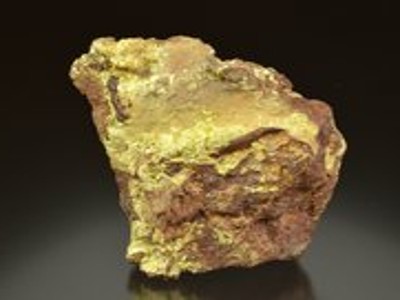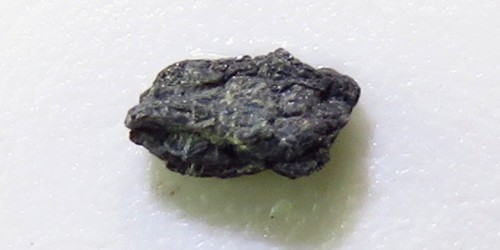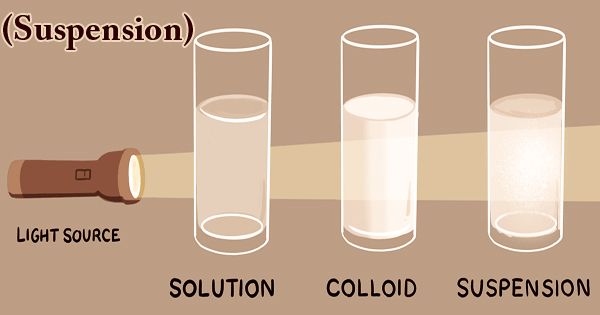Ferrimolybdite is a hydrous iron molybdate mineral with formula: Fe23+(MoO4)3·8(H2O) or Fe23+(MoO4)3·n(H2O). It is an orthorhombic mineral containing hydrogen, iron, molybdenum, and oxygen. It occurs in oxidized molybdenum-bearing hydrothermal vein and porphyry deposits as a secondary mineral. It forms coatings and radial aggregates of soft yellow needles which crystallize in the orthorhombic system.
It was first described in 1914 for an occurrence in the Alekseevskii Mine in the Karysh River Basin, Khakassia Republic, Siberia, Russia. It was named for its composition (ferric iron and molybdenum).
General Information
- Category: Molybdate mineral
- Formula: Fe23+(MoO4)38(H2O) or Fe23+(MoO4)3·n(H2O)
- Crystal system: Orthorombic
- Crystal class: Dipyramidal (mmm)

Fig: Ferrimolybdite
Properties
- Color: Canary-yellow, straw-yellow, greenish yellow
- Crystal habit: Acicular tufted to radial aggregates; powdery, earthy
- Fracture: Uneven
- Mohs scale hardness: 1-2
- Luster: Adamantine, silky, earthy
- Streak: Light yellow
- Diaphaneity: Transparent to translucent
- Specific gravity: 2.99
- Optical properties: Biaxial (+)
Occurrence: An uncommon secondary mineral in the oxidized portions of the hydrothermal vein and porphyry-type molybdenum-bearing deposits. It occurs as an oxidation product of molybdenum-bearing ore deposits. Associated minerals include molybdenite, pyrite, and chalcopyrite.
Somewhat uncommon but widespread, Ferrimolybdite can be found in small amounts and as well studied material in localities in Russia, Belgium, the United States, Australia, and China, as well as numerous other, less well-studied localities.
Association: Molybdenite, pyrite, chalcopyrite
Information Source:
















